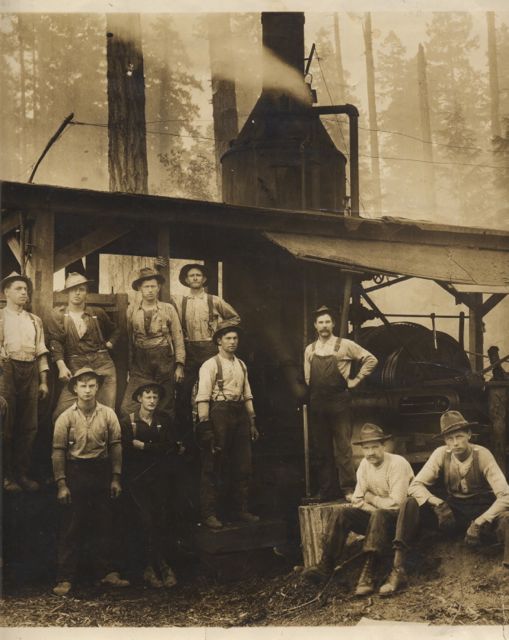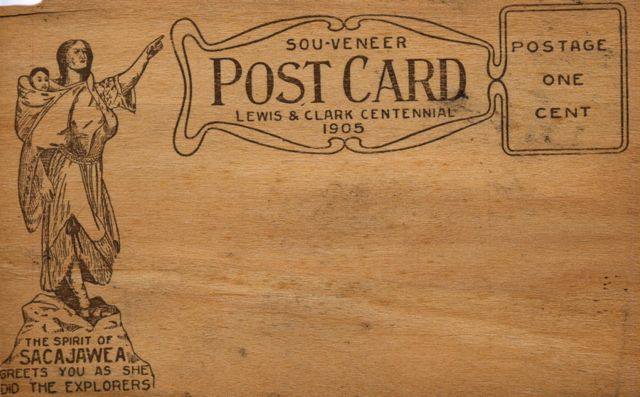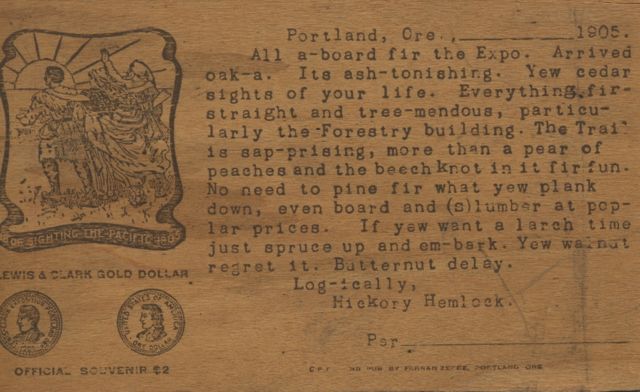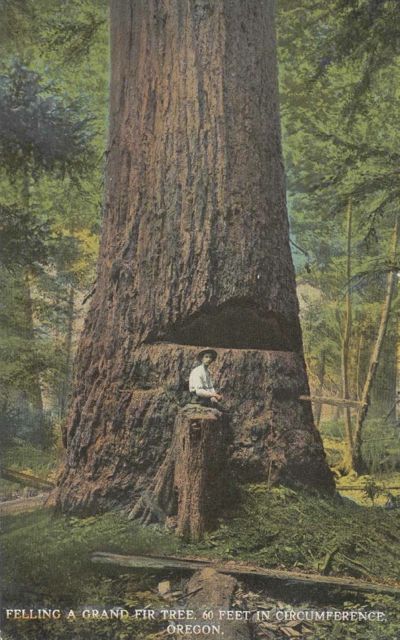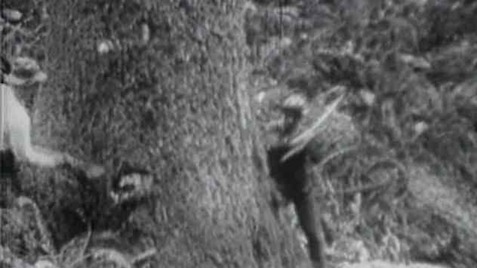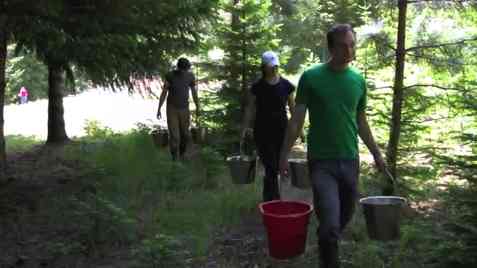Douglas Fir - Many Uses
The Douglas fir is one of the tallest, most important and valuable trees in the world. An evergreen (i.e. a plant that has leaves or needles in all four seasons), the Douglas fir grows best in the moist, temperate climates of the western United States and Canada as well as the United Kingdom and certain parts of western Europe. Doug firs are fast growing and sun loving.
The tree is easily identified in the woods by its height (the tallest known tree found in Oregon in 2008 measured 327 feet) soaring above most other trees in its native forests; its up-turned sweeping branches that form a “smile;” and small cones with three point bracts that look like “mouse-tails.” Its bark is thick and wrinkly, and its flat needles are about one inch long. Outside of redwoods and Sequoia trees, the Doug fir is one of nature’s oldest living things. One of the oldest specimens grows in southern Oregon at an estimated age of 1,200 years.
The Douglas fir is the state tree of Oregon. Its name gives a nod to both David Douglas in its common form and to Archibald Menzies in its scientific form—Pseudotsuga menziesii. Menzies was the Scottish doctor who first documented the tree on Vancouver Island in 1791 while sailing with the George Vancouver expedition.
Its timber has been a dominant source of lumber for the built environment—forming the framework of houses and commercial buildings in the late 19th and 20th centuries. A modular building system—based on 2" x 4" studs with 2 foot spacing, often sheathed over with 4' x 8' sheets of plywood—became the standard.
Douglas fir trees play a prominent role in the world’s Christmas tree market. Among the Douglas fir’s many uses outside of lumber are: wood pulp for paper making, firewood, railroad ties, furniture, eau de vie, sorbet and ice cream, essential oils, tea, beer, cocktails, brine for marinades used in cooking—the list goes on and on.
Lumber
Structural exterior fir plywood (veneered wood) was the siding material most used in 20th century home construction. This process was first developed in the Pacific Northwest following the invention of the mechanical veneer slicer in the late 19th century and the development of waterproof glue. Manufactured plywood was first exhibited at the World’s Fair that took place in Portland, Oregon from June to September 1905.
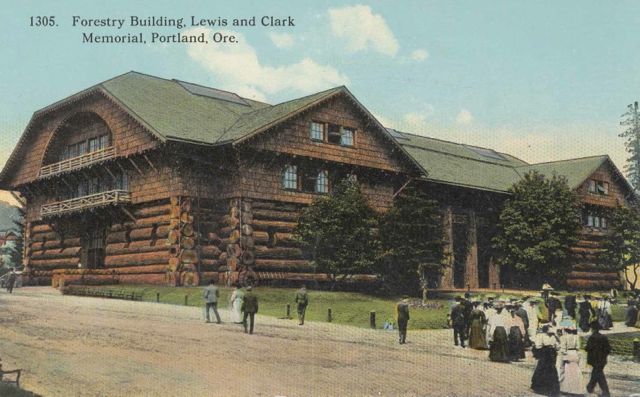
Postcard of the Forestry Building - This signature building at the 1905 World’s Fair was often called the “World’s Largest Log Cabin.” It was a lasting landmark in Portland, Oregon until a fire in August 1964 destroyed the structure. Designed by Portland architects A.E. Doyle and Ion Lewis, the interior space reminded one of western Europe’s Romanesque and Gothic cathedrals. The Forestry Building was built from massive Douglas fir logs.
Early 20th century Pacific Northwest logging film clips show the process of turning nature's forest into lumber shipped to market. Courtesy Oregon Historical Society Research Library Moving Image Collections. To learn more about what Oregon’s forests looked were like in David Douglas’s day visit Willamette National Forest, Opal Creek Scenic Area and Valley of the Giants.
Oregon Truffles
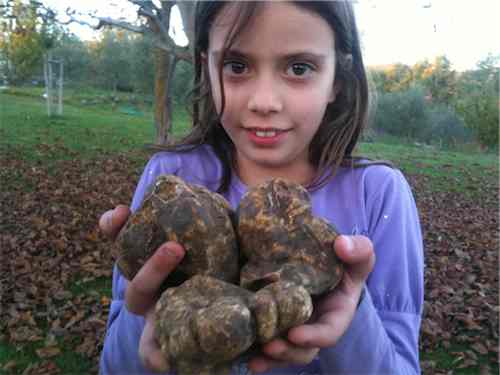
A truffle hunter shows off her harvest.
Unlike mushrooms, culinary truffles grow underground. There are many different species, each with its own flavor and odor. The Oregon White Truffle, Tuber gibbosum is often found growing in the duff at the base of Douglas firs. Searching for truffles is a bit like hunting for Easter eggs or going on a treasure hunt. All the right surrounding conditions must be in place—correct time of year, correct place, correct climatic conditions. . .Winter is the time for truffle forays. Learn more at North American Truffling Society.
Eau de Vie (Water of Life)
Clear Creek Distillery, Portland, Oregon USA makes a brandy from the young tips of the Douglas fir tree. This footage (filmed by David Milholland in July 2009) shows the beginning of the process as the buds are hand-picked in the field at just the correct moment of ripeness. In the Alsace region of France this brandy is known as “Bourgeons de Sapin.”

